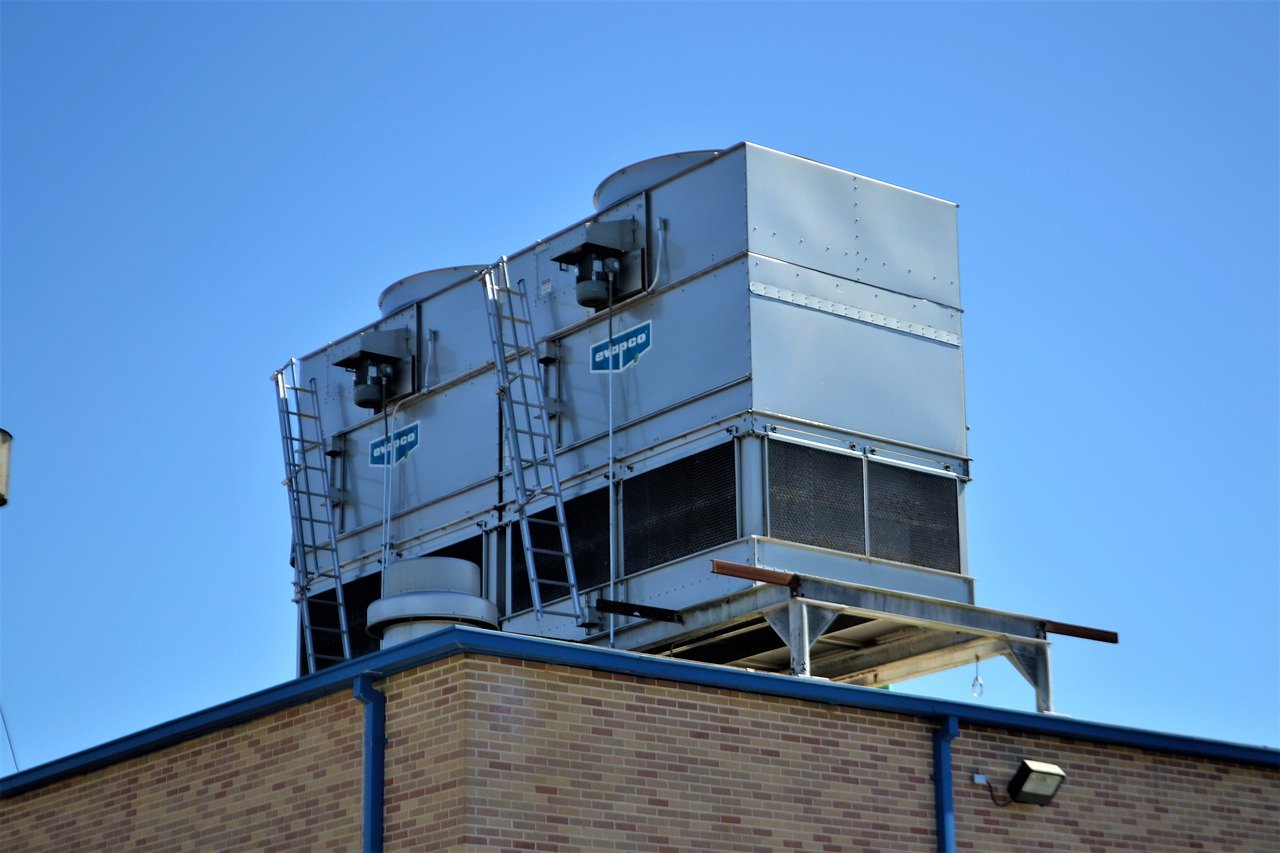Your outdoor components such as HVAC, electrical, and other mechanical systems are always susceptible to different weather conditions. As an establishment owner, we want these systems to be secured and protected to prevent any more expenses and disturbance for your establishment. Before installing these components, you must also consider where you want them to be. You should choose a location where it will not be overly exposed from the outside factors.
The usual external factor that your mechanical systems may experience is unexpected weather changes. The most practical and effective way to protect your outdoor components is by installing water-resistant exterior access panels.
What are Water-Resistant Exterior Access Panels?
This access panel has a 16 gauge galvanneal steel frame, coated with an excellent white finish and slotted holes, partnered with a door panel with a 16 gauge galvanneal steel finished with a white prime coat. Its doors are filled with 1” thick, rigid foam insulation and a neoprene gasket on all four sides. This door series is engineered and manufactured to provide access to the exterior application and manifests resistance to vapor and water to ensure long-lasting protection against outdoor elements.
Importance of Water-Proofing
Having waterproof or water-resistant protective equipment is an advantage for your establishment. You can save more money on repairs or replacements costs. For external components, having water-resistant access doors is essential to keep them from certain damages such as:
1. Corrosion
Having a water-resistant access panel is advantageous if your external components contain metals. Corrosion is a natural process that degrades metals through a series of electrochemical reactions with substances in their environments. Rust is an example of corrosion, and it is a progressive process that gradually destroys metal surfaces, wires, and components within electronics.
2. Solar Radiation
Long hours of exposure to sunlight are critical factors of aging and weathering of outdoor equipment. In addition, intense sunlight heat to an exposed object can be susceptible to overheating, shutdown, and in worst cases, fire. Moreover, ultraviolet rays from the sun can break down plastics and other materials through photodegradation. UV light can debilitate and break down the carbon bonds in polymers present in plastics. One great example of damages caused by solar radiation is the Cracking and discoloration of plastic casings and cable jackets.
3. Moisture Ingress
Having a water-resistant access panel is an essential part of securing your outdoor equipment because of the potential damages of even small amounts of water that can get in your devices. Liquids, humidity, and condensation will also immediately affect the electrical circuits within the equipment.
4. Dust
Dust can compromise the function of printed circuit board assemblies and other electronic components. If dust enters electronic equipment, it can result in dielectric changes, short-circuiting and electrical leakage. Dust can also raise the contact resistance of parts.
If you’re having difficulty choosing what type of access panel to select for your outdoor components, this article might help you make up your mind. If you still have doubts about choosing, you can also seek advice from your contractors, engineers, or architects before starting the project.
Are You a Professional?
Requests for your services are coming in left and right. Let’s connect and grow your business, together.


